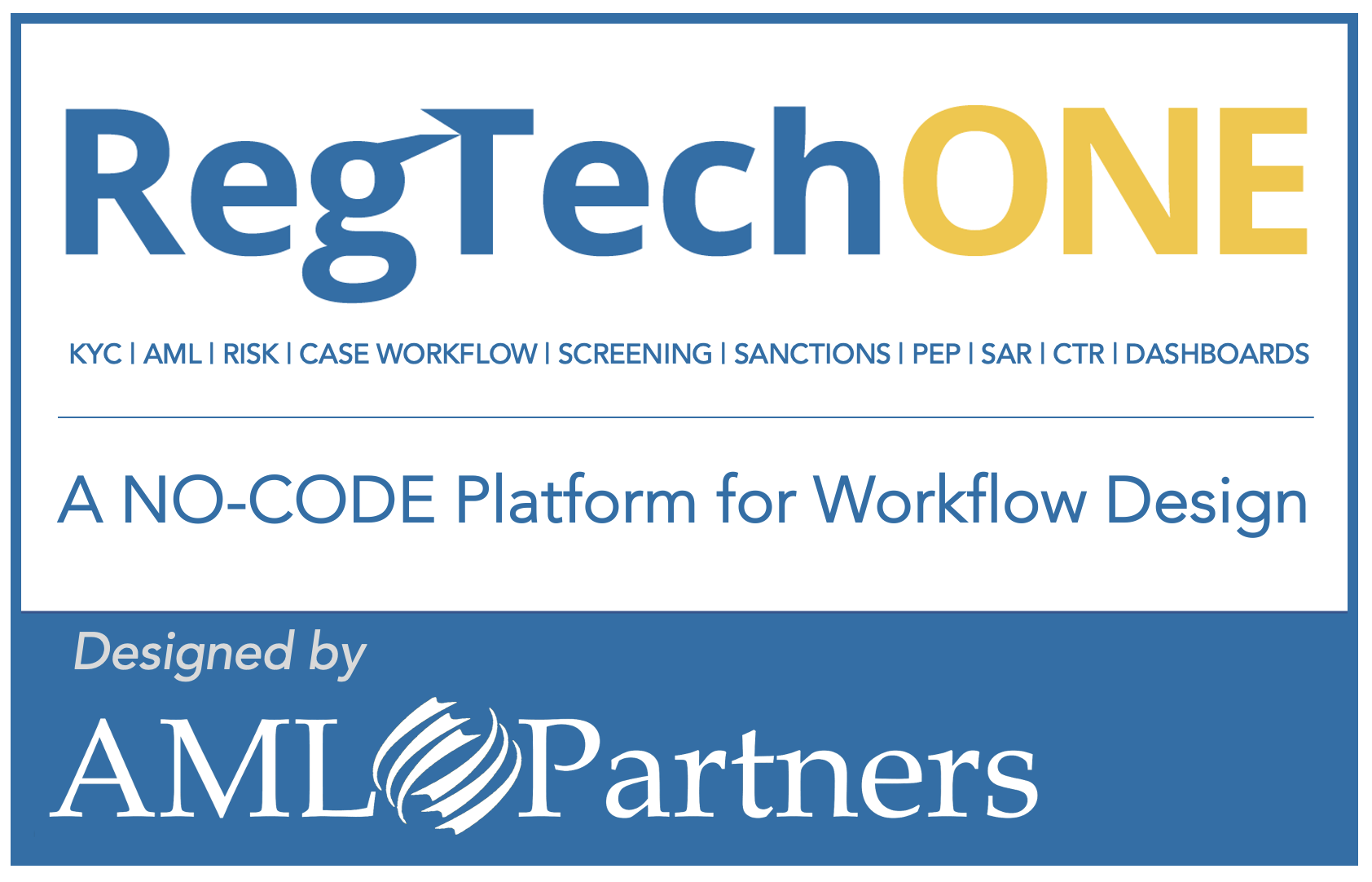Analysis details Risk red flags ignored by Credit Suisse over extended time period
Credit Suisse’s recent losses appear to be yet another cautionary tale in the age-old tension between making big money and still mitigating risk.
A team of Wall Street Journal reporters analyzed the circumstances around the Swiss bank’s recent billions in losses. The conclusion: Credit Suisse was “a bank that looked the other way when warning signs argued for pulling back on lucrative corners of its business.”
The billions lost on investments with both Greensill Capital and Archegos Capital Management occurred after numerous red flags over extended periods of time, according to Journal reporting.
The New York Times described the Archegos disaster as “hidden risks from opaque financial transactions” as devastating to the blue-chip bank. And whenever this happens, questions arise over whether financial regulations are doing enough to require healthy cultures of compliance that can prevent these types of high-risk meltdowns—meltdowns that can cause financial crises and broader economic nightmares.
High rewards mute red flags that warn of high risk
Swiss legislator Thomas Minder said in the Times that it’s clear that reforms from the 2008 global financial crisis didn’t go far enough. He gave as an example the mind-boggling bonuses that bank executives can earn by achieving high profits—profits that frequently go hand in hand with very high risk.
On the upside, safeguards instituted since 2008 forced Credit Suisse to use more of its own money in deals like the ones that failed. That makes the lender itself take the biggest hit and offers some protection to the broader economy.
Part of the analysis of the bank’s failure to rein in these risky investments can be tied to the sky-high stock market and the negligible return on bonds, according to analysts. With standard forms of profit-taking being less available, more banks can be predicted to tolerate more and more risk in other areas of business.
In both the Greensill and Archegos losses, Credit Suisse leveraged “hard-to-understand strategies that minimized regulatory scrutiny,” according to Times reporting. This included “opaque derivatives to help Archegos make big bets on companies like ViacomCBS without being required to report the investments to regulators.”
And Credit Suisse marketed investments by Greensill that “allowed companies that already had low credit ratings to hide additional borrowing. Accounting rules did not require disclosure,” according to the Times.
Bank’s structure and push to compete may help explain damaging appetite for risk
Analysis in the Wall Street Journal emphasized different factors, including problems between the investment banking and the asset-management divisions of Credit Suisse. To compete with Wall Street giants, “the bank tried to make more money from fewer clients than rivals with larger balance sheets and ended up overlooking risks, the [bank] executives said.”
Credit Suisse has also invested heavily in risky SPACs and collateralized loan obligations, according to the Journal. Both types of investments pose substantial risk and may cause future problems for the bank.
The bank has promised it will have outside investigators determine how its investments in Greensill and Archegos went south so badly. And it has promised to disclose the results of the investigations. But some critics of the institution are not convinced, and they cite the not-infrequent scandals and failures at the bank.
In recent years, Credit Suisse has been involved in various regulatory and financial concerns. Examples include the subprime mortgage-lending crisis, an internal corporate spying scandal, debt fraud allegations in Mozambique, and heavy losses from investments with York Capital Management and now Greensill and Archegos.
Key Risk Indicators–created by you and managed by RegTech platform–transform your Risk and Compliance
With AML Partners’ platform technology for RegTech, updating and upgrading your AML and eGRC software solutions is easier, faster, and much less expensive. Contact us today to explore how platform technology and our end-to-end AML Ecosystem powered by the RegTechONE platform–can transform the efficiency and effectiveness of your unique AML Compliance efforts. RegTechONE software for AML Compliance includes fully integrated modules for CDD KYC software for on-boarding, behavior and transaction monitoring software, and sanctions screening software for comprehensive AML screening. And AML Partners simplifies your end-to-end fully integrated AML Compliance efforts even further with an optional Subpoena Search module for FinCEN 314a and similar subpoena searches. Contact us today to learn about our proof-of-concept option or schedule a demo of RegTechONE, the AML software ecosystem. With extraordinary configurability and built for API extensibility, the RegTechONE AML software platformpowers not only an end-to-end AML software solution but also vendor management, AML client lifecycle management, eKYC Golden Records, Perpetual KYC, and so much more.


